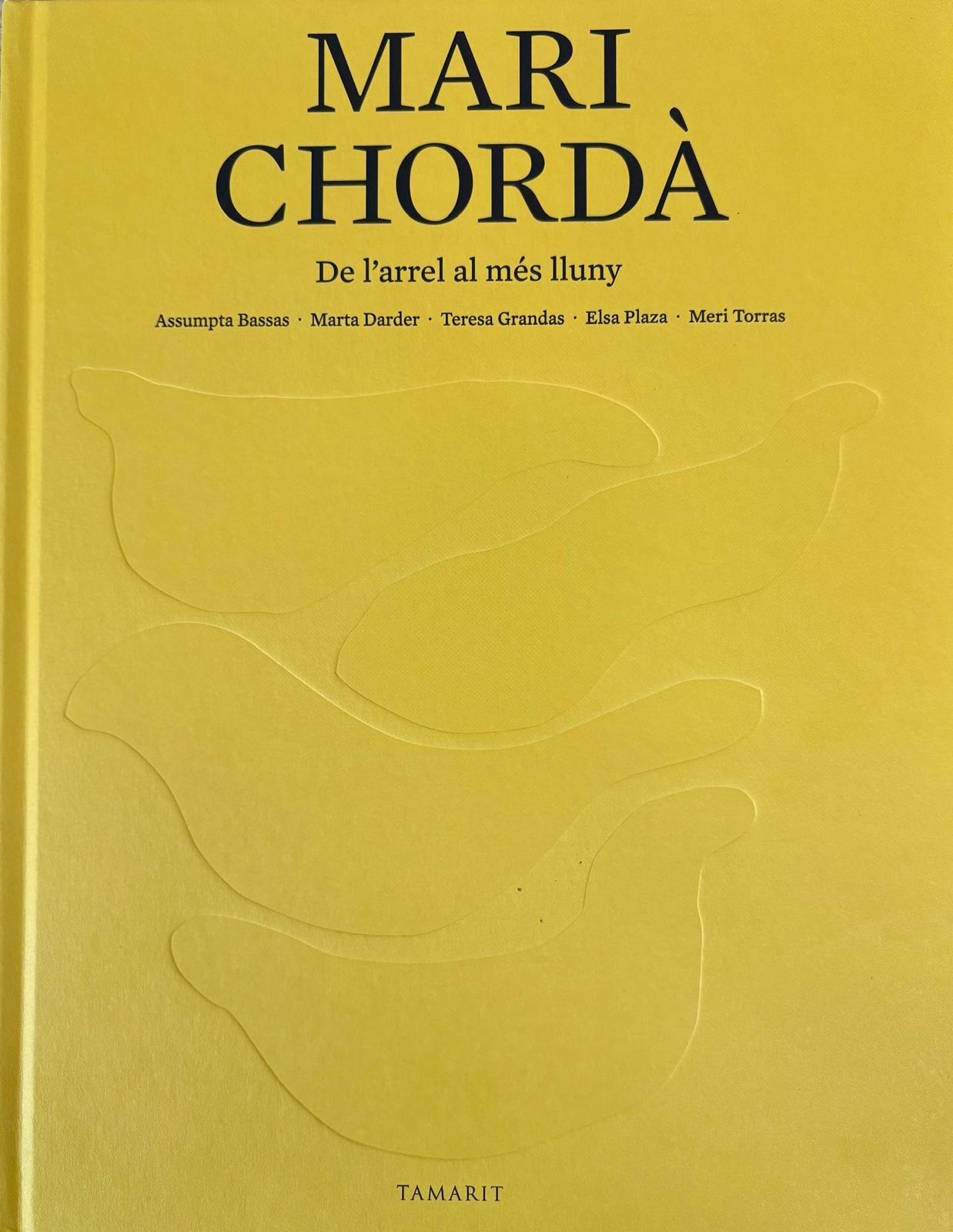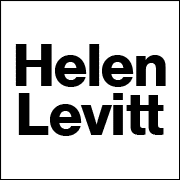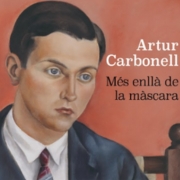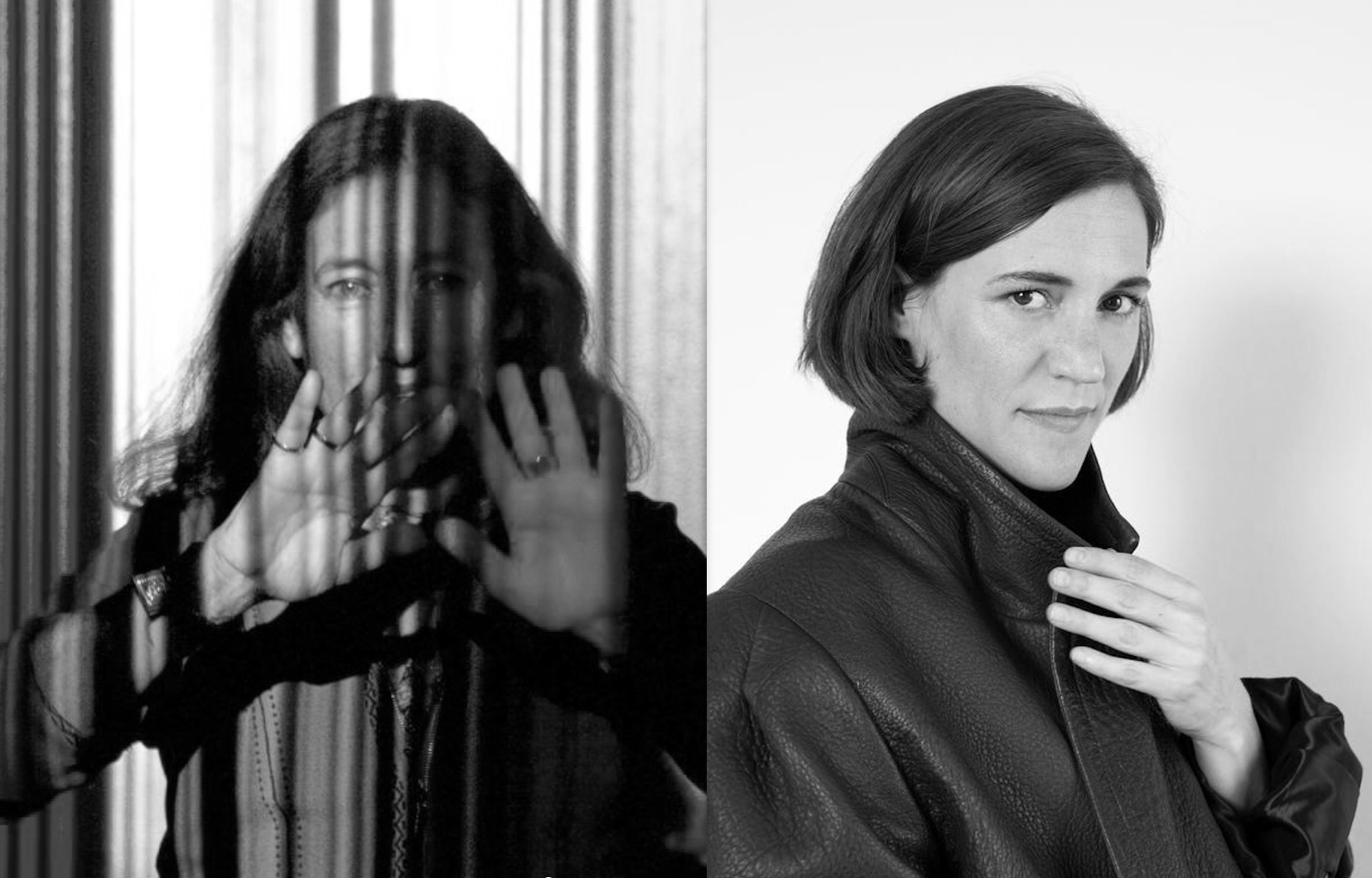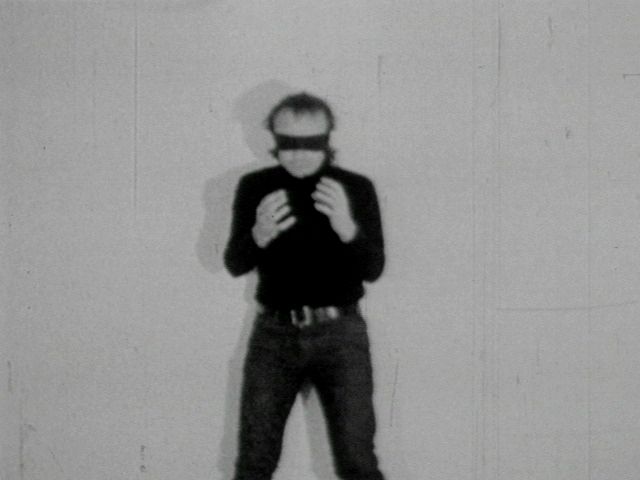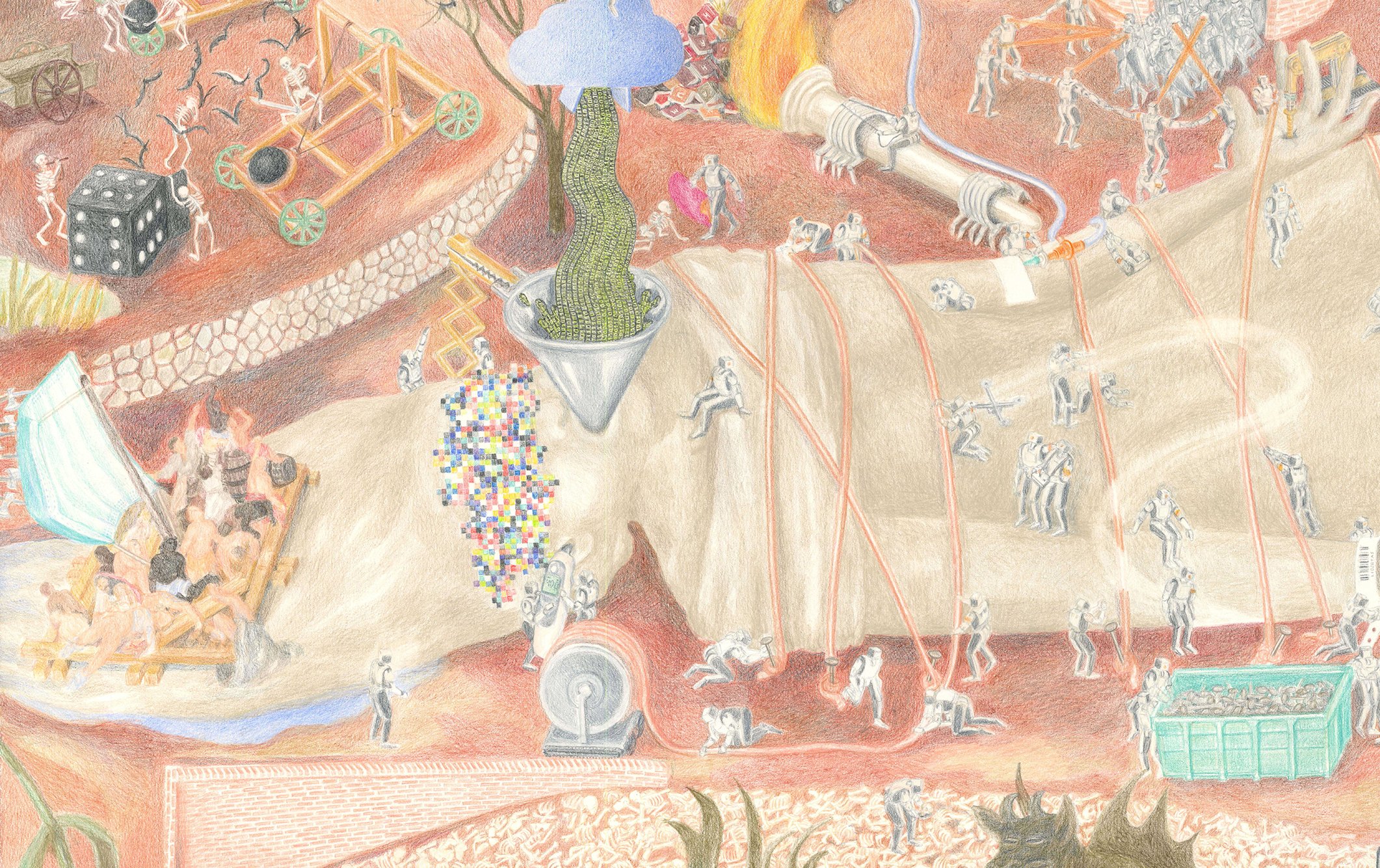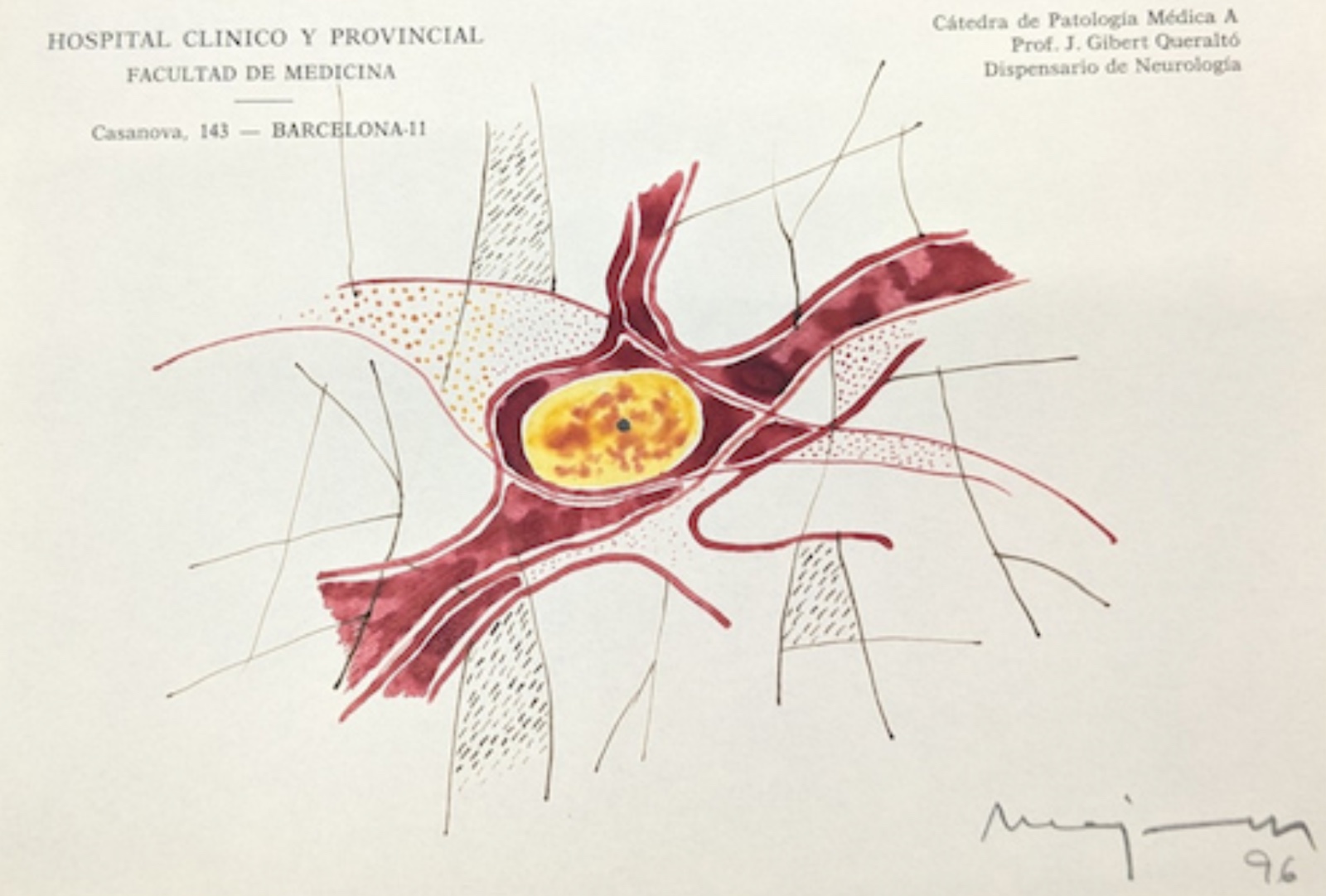library
Bonart celebrates St George's Day: culture, art and literary recommendations
12 proposals that unite art, visual culture and contemporary thought.
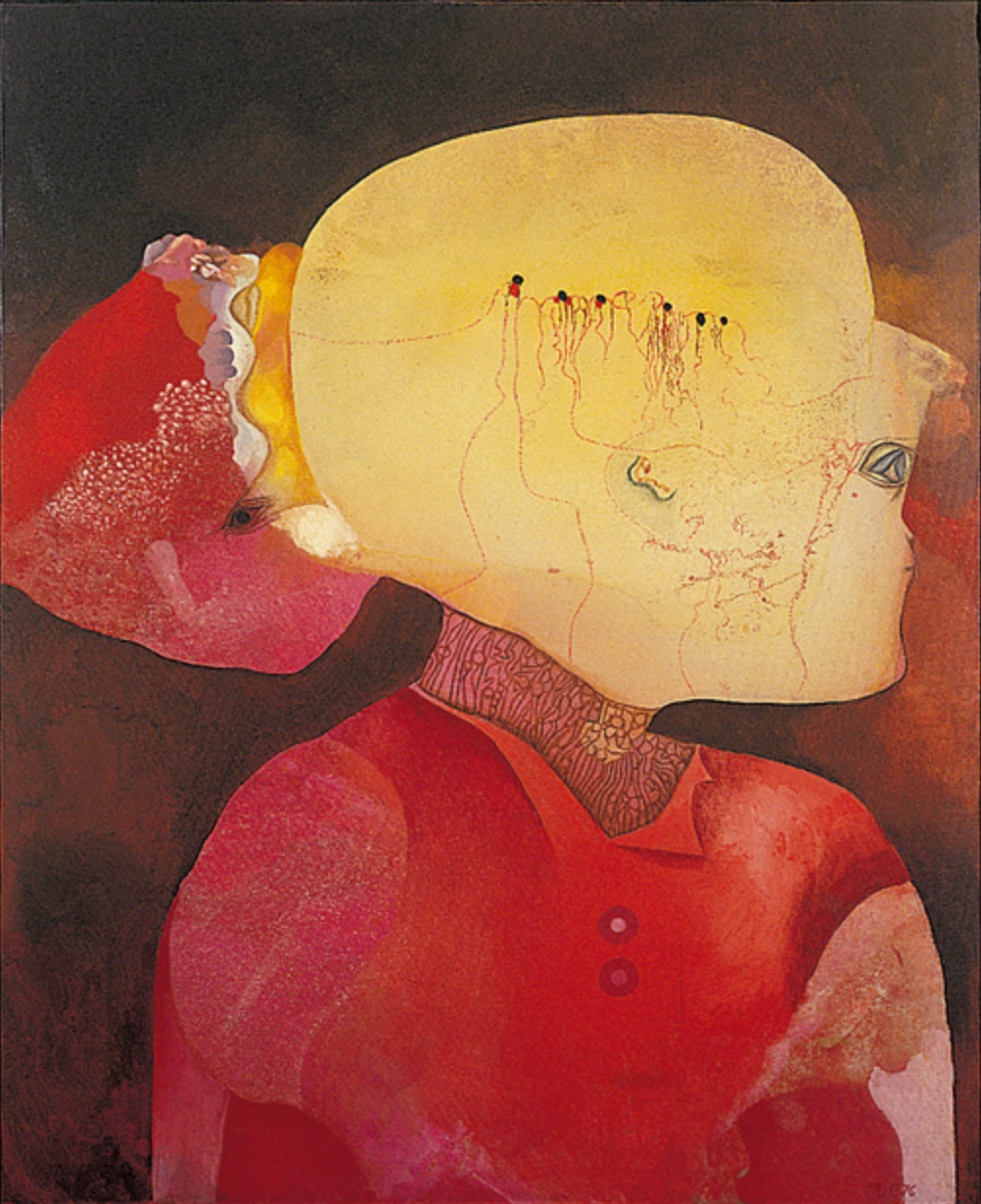
Like every year, bonart celebrates Sant Jordi's Day, a day that unites culture, literature and tradition throughout the country. This year, bonart will be present in both Girona and Barcelona, thus maintaining its commitment to the dissemination of art and culture through its magazine. In Girona, the stand will be located in Plaça Catalunya, shared with the Atrium Artis Foundation , while in Barcelona, bonart will participate in the space of the APPEC (Association of Periodical Publications in Catalan), on c/Diputació alongside other Catalan-language publications. It will also be present at the ArtsLibris stand, a reference space for art publications and special editions.
In both locations, you can purchase the latest issue of the magazine, 201, as well as copies of previous editions and the first bonart magazine in Spanish, an edition that opens up new channels of communication and dissemination within the Spanish-speaking world.
The presence at this day aims to be, once again, a meeting point with readers and artists. It is for this reason that bonart also proposes a collection of literary recommendations designed for anyone interested in art, visual culture and contemporary thought.
The Dream of Subversion - Vicenç Altaió (2025)
The Dream of Subversion narrates, in clear, sharp prose full of incisive jokes, the political transition and the cultural and artistic explosion of Barcelona in the 1970s and 1980s. They are the memories of a generation and a country that challenge the present with twilight, stoic reflections, full of benevolence, wisdom and combat on the part of one of its most active protagonists.
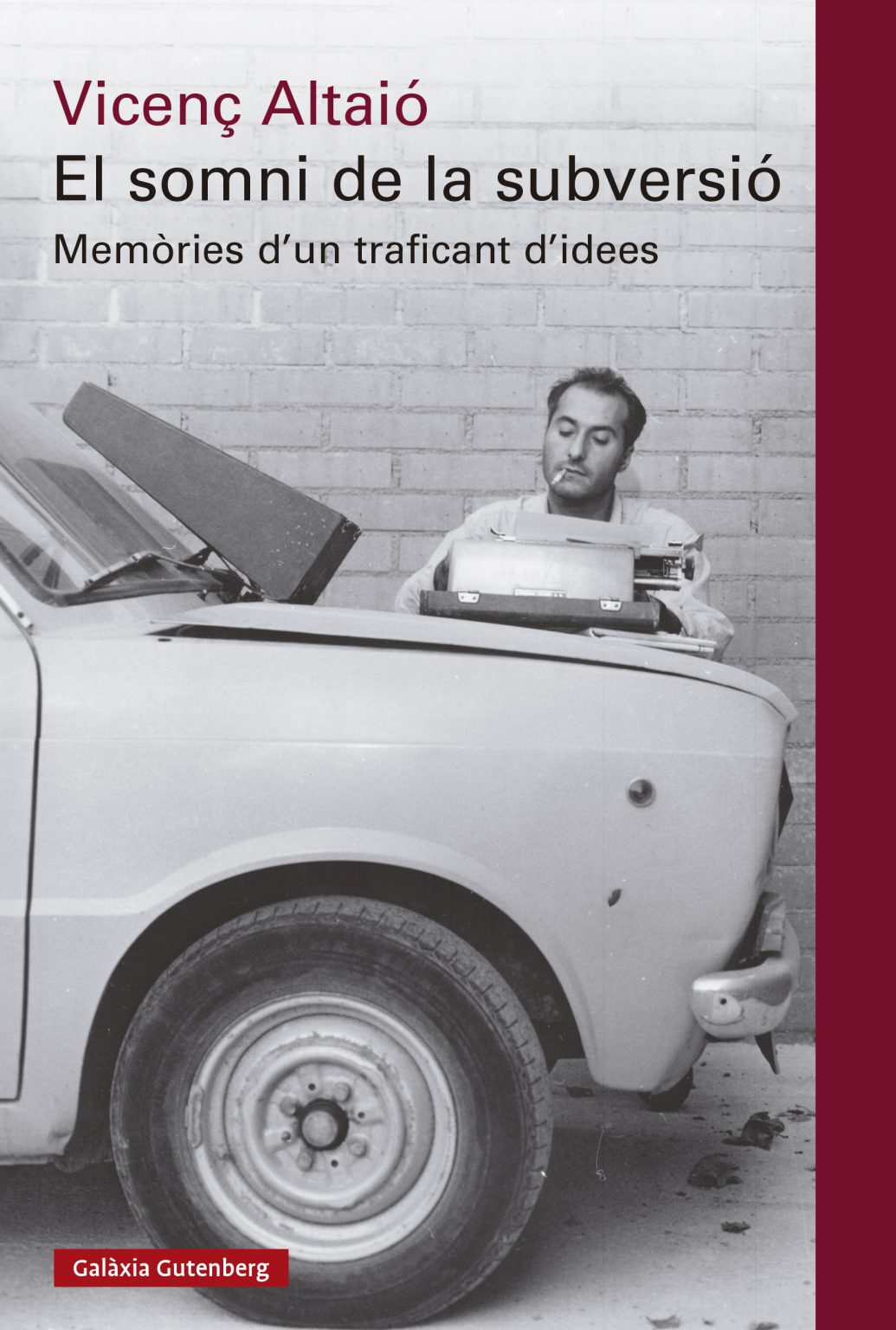
7 doors+1 - Pep Admetlla and Glòria Bosch (2017)
7 Doors +1, the series of drawings by Pep Admetlla is a work of process and interrelation that is part of the Diesirae project, a reflection on exile in transit shared with Glòria Bosch, from which emerges the erratic passage of a humanity in search of an entrance, an open door to its world and, once inside, it finds the empty space to await death. A beginning of conversations, of intersections generated at the Holocaust Memorial in Paris from documents that appeared among materials from distant relatives and, ultimately, of the traces of two characters: Sigma Blonstein (1905-1944) and Joseph Hadjadj (1895-1944).
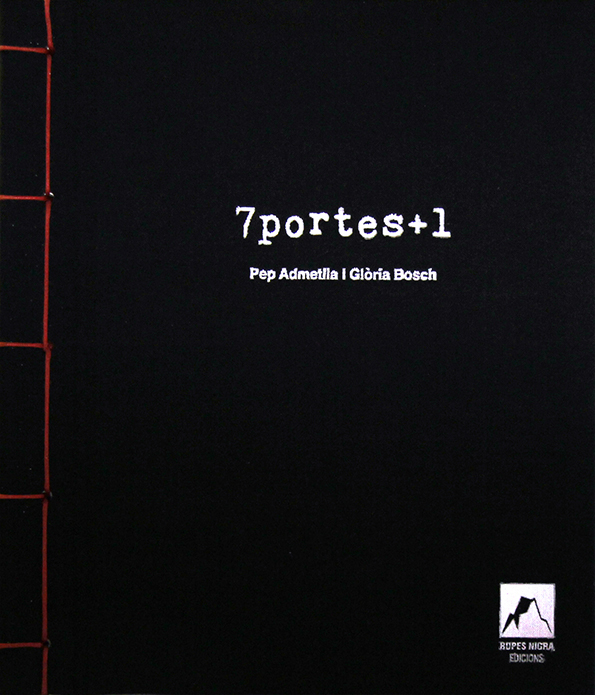
MIAS. The Loop Project - Miàs Architects (2024)
The new book by MIAS Architects and published by Actar, is a compilation of the last two decades of work and research carried out by the firm. The work cannot be explained only in terms of final results, but the design process must be understood: everything that happens before the cranes arrive. The book illustrates the projects in their final state and in their conceptualization, but also constitutes, in itself, an archive.
The book highlights two recent and notable recognitions: the first from the Centre Pompidou, which dedicated a monographic exhibition to MIAS Architects in 2020 — the exhibition became part of the centre's permanent collection with a total of 42 models, 14 drawings and 18 engravings. The second from the Consistory of Barcelona and the Government of Catalonia, which recognized MIAS Architects with a monographic exhibition at the DHUB Museum of Architecture and Design in 2021.
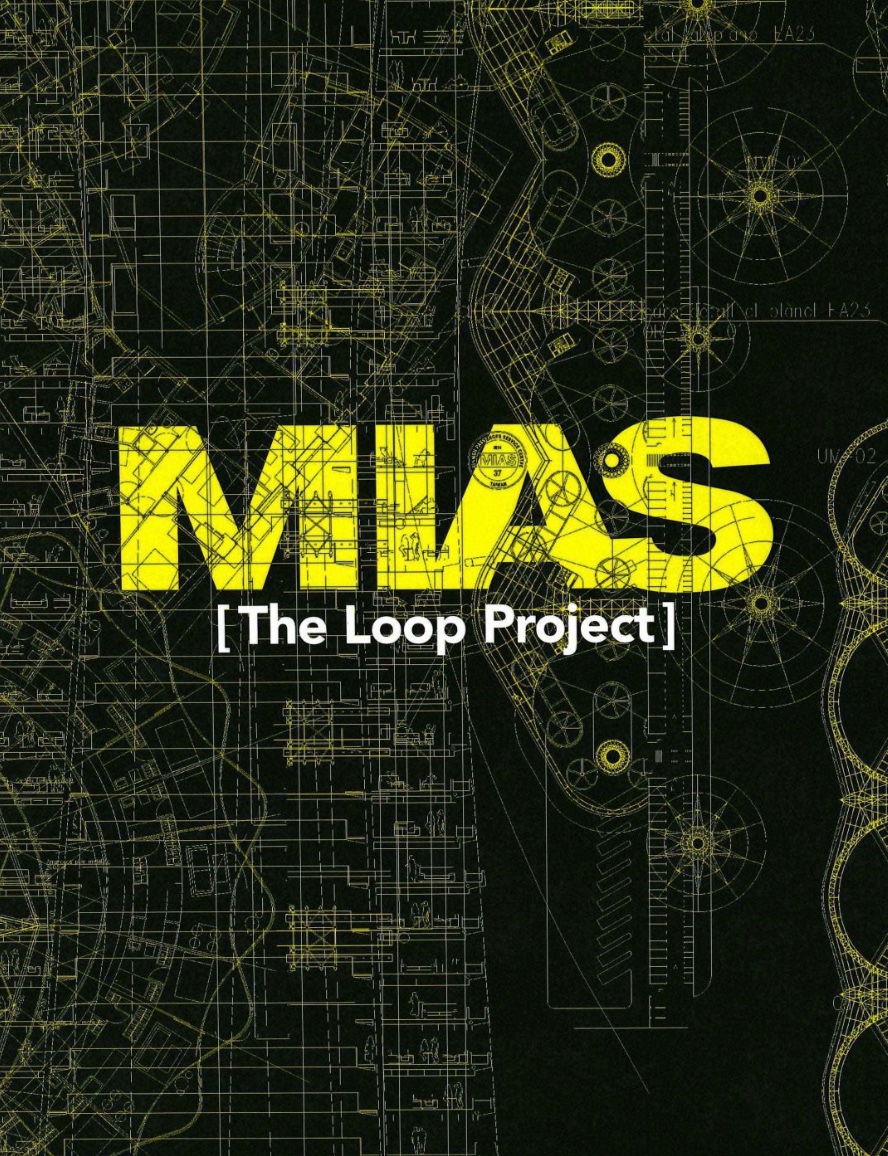
For a Catalan Republic of the Arts! - Joan Maria Minguet (2025)
This book poses a serious problem from the outset: if we were to create a Catalan Republic, a new State, it is incomprehensible that anyone would want to shake up the state of affairs in the cultural world. There were mass demonstrations and actions to conquer political power, but no one thought that, previously, it was necessary to conquer cultural power, as the Italian thinker Antonio Gramsci said. In the pages of this essay, knowledge about the history and theory of contemporary arts is combined with cultural activism. A cascade of reflections on the need to break with a whole series of consensuses of the great power that we carry.

The Cheap Houses of the MUHBA Bon Pastor. Urban history and heritage in the Besòs - Aina Mercader (2025)
The museum project of the Cheap Houses of the Good Shepherd is part of the urban history paradigm that underpins the History Museum of Barcelona, with the aim of promoting a rigorous public history of the neighbourhood, the city and Europe. The cheap houses, completed in 1929, were the first model of social housing in Barcelona. The basis of the project for their museumisation has been research into urban history, based on written, oral, graphic, photographic, filmic and archaeological sources, shared with a wide range of academics, including scholars of the Good Shepherd.
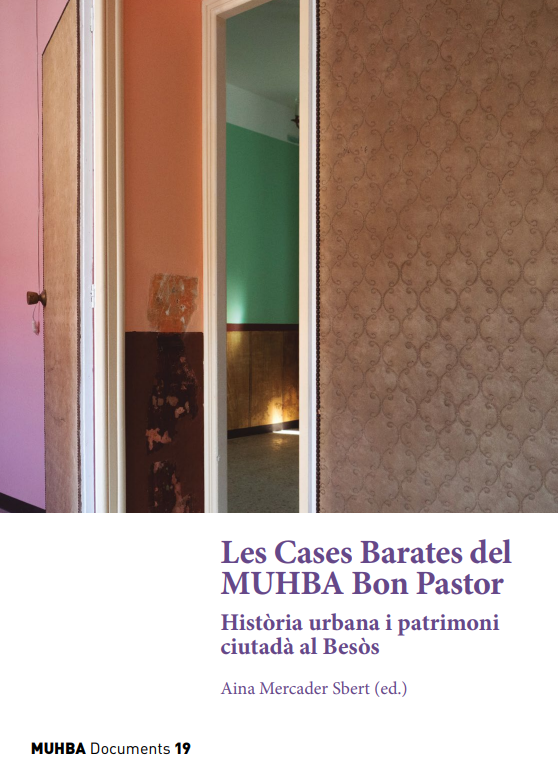
Joan Miró under Francoism - Josep Massot (2021)
Josep Massot reveals, based on a scrupulous research of public and private archives, Miró's fierce struggle to maintain his art in permanent innovation and evade the pressures of the Franco regime, and also his combat ethic to set an example and help the younger generations, raised in the dictatorship. The book reveals how it was his American anti-fascist friends who saved him from isolation during the Second World War, and how the MoMA, the New York School -Pollock, Motherwell, Rothko-, and artists such as Louise Bourgeois elevated him as the most influential living artist in the world.
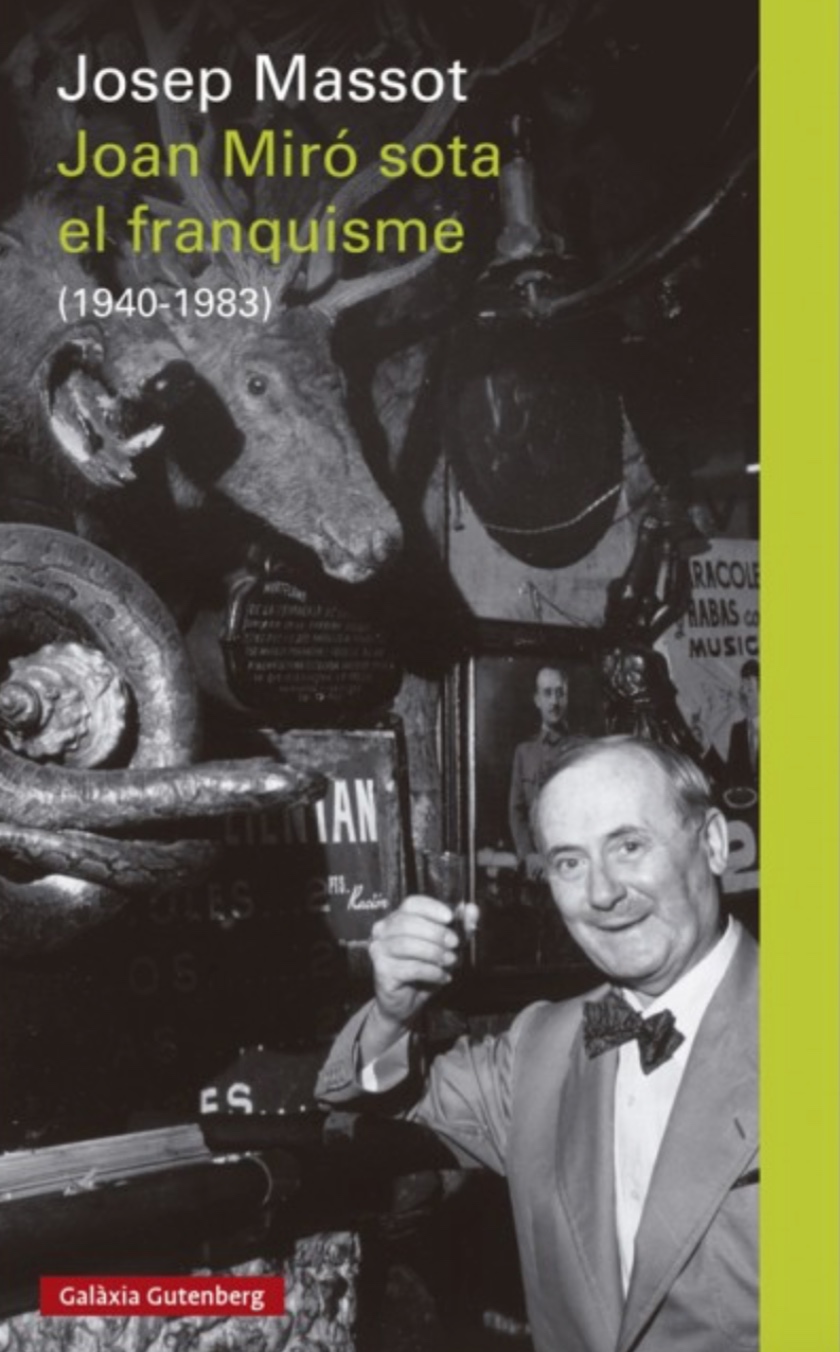
Tàpies and blindness - Parcerisas, Pilar (2024)
This is a publication that takes a journey through the work of Antoni Tàpies with the aim of following the search for inner consciousness, but also the force of loss, very characteristic of the artist's last period, as well as the presence and spiritual function of those organs that allude to the two senses most present in his work: the eye and the hand. The trigger for this book was the visit that the author made to Tàpies' studio with the blind writer and photographer Evgen Bavčar (Slovenia, 1946) in 1998, a meeting that led to an exchange of work between them.

Hèlios (Jordi Soler). Against the dictatorship with humor - Pius Pujades (2023)
Pius Pujades, journalist and writer, dedicated the book to Jordi Soler, a character with strong roots in the city of Girona and its regions. Its pages contain hundreds of drawings-jokes, many of which were made at the bar of the L'Arc bar, where much of the city's nightlife, but also cultural life, took place in the harsh post-war period. Those drawings are a reflection of the atmosphere that prevailed during the sixties and seventies of the last century. The author of the book, in his text, tries to place those small spontaneous works in the political, social and cultural context of the very long dictatorship, in the overwhelming framework of the gray and black Girona of the moment and justifies and explains the arrauxat, grotesque, scandalous and irreverent spirit that inspires it.
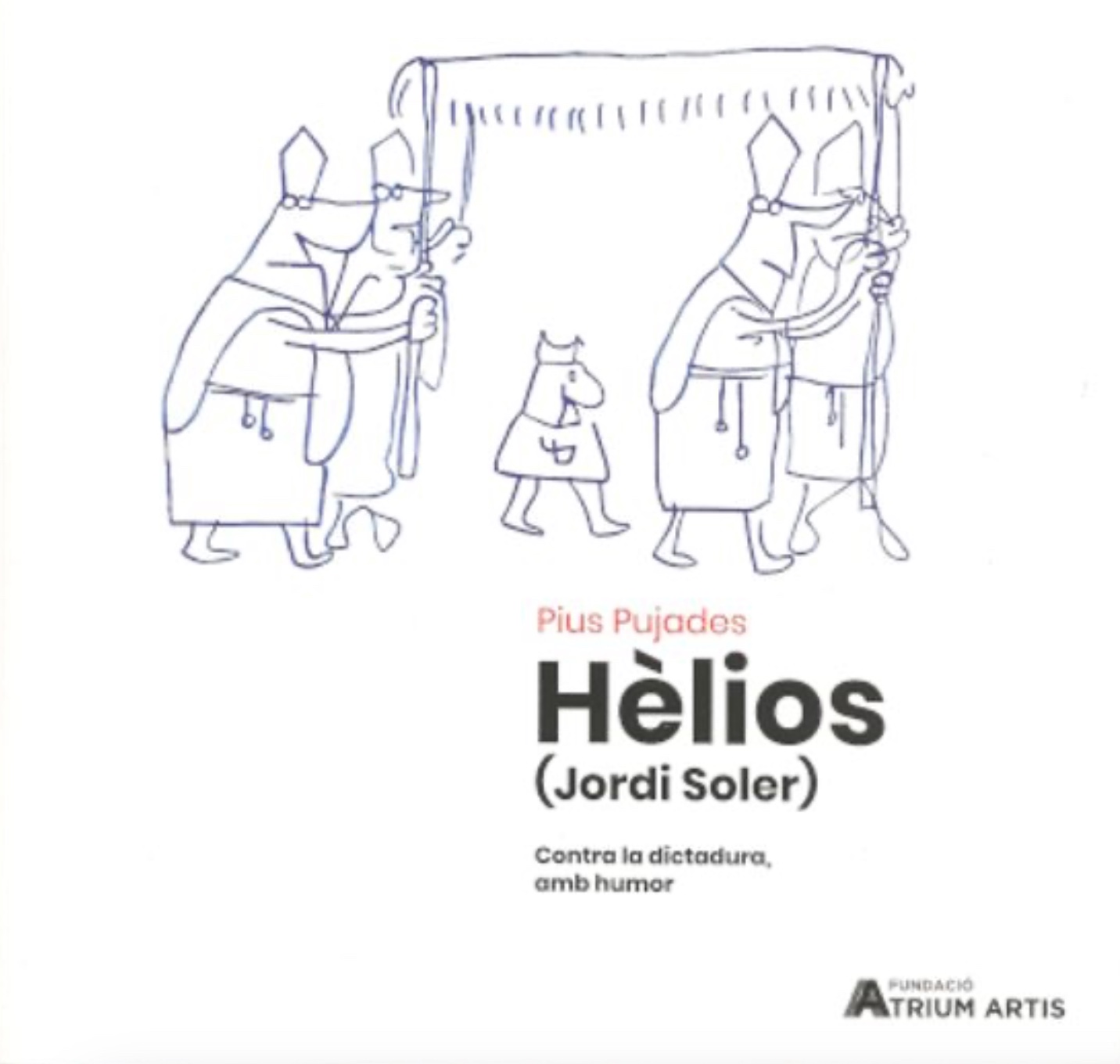
1964. When culture became spectacle - David G. Torres (2024)
A kaleidoscopic vision that travels through the year 1964 and shows why it is a key moment for understanding the formation of contemporary identity and its contradictions: the rebellion and dissent linked to pop culture; the consolidation of youth in the social, cultural and political scene; the fight for civil rights and the different implications of the communities that emerged on the West Coast of the United States, the Netherlands, France, Spain...; the apotheosis of conceptual pop art and the sublimation of the art market; the emergence of countercultural movements that led to May 68 and the birth of punk...
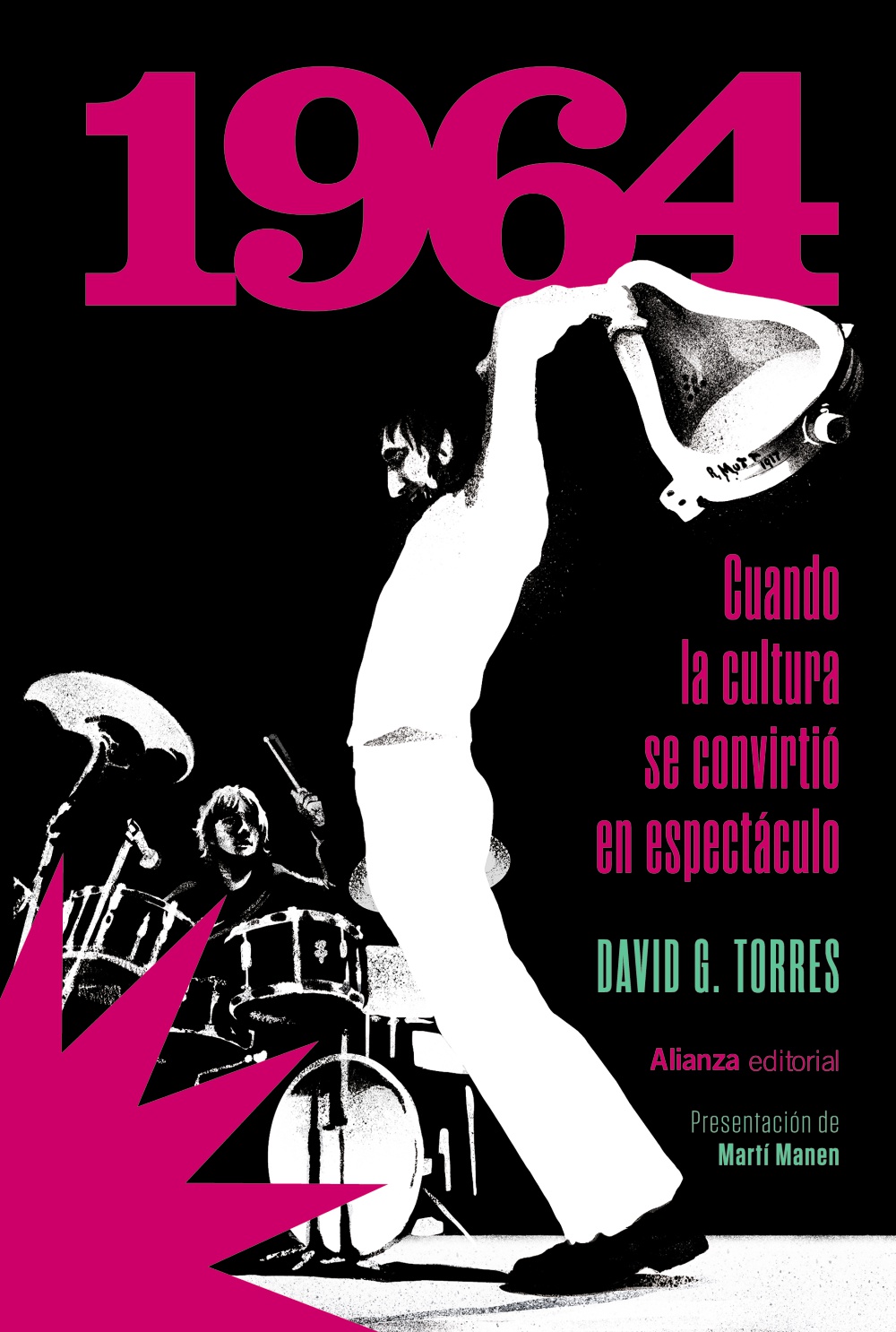
Lluís Vilà. Absolute Nautes - Lluís Coromina Foundation (2021)
"The crisis sharpens creativity. After the crisis comes euphoria. The crisis will have gone well because it will purge all the infiltrators." This statement by Lluís Vilà summarizes the spirit that runs through much of his work and that is collected in Absolut Nautes, a forceful and contemporary work that explores his artistic thought in depth. Published by the Lluís Coromina Foundation, this book-catalogue exhaustively collects the works Absolut and Nautes, offering a reflection, review and update of this stage of the artist. The volume, the result of more than five years of work, captures the essence of a profound and innovative artistic creation. The concept of the Absolute, which marked the last stage of Vilà's creation, is presented as a two-headed concept: beginning and end, construction and destruction. Vilà builds from what cannot be defined and remains hidden, creating a white space (the sum of colors of light) that, in its perfect silence, contains all possible creations. The Nautes are anonymous characters, figures immersed in a mixture of consciousness and unconsciousness, driven by an insatiable curiosity.
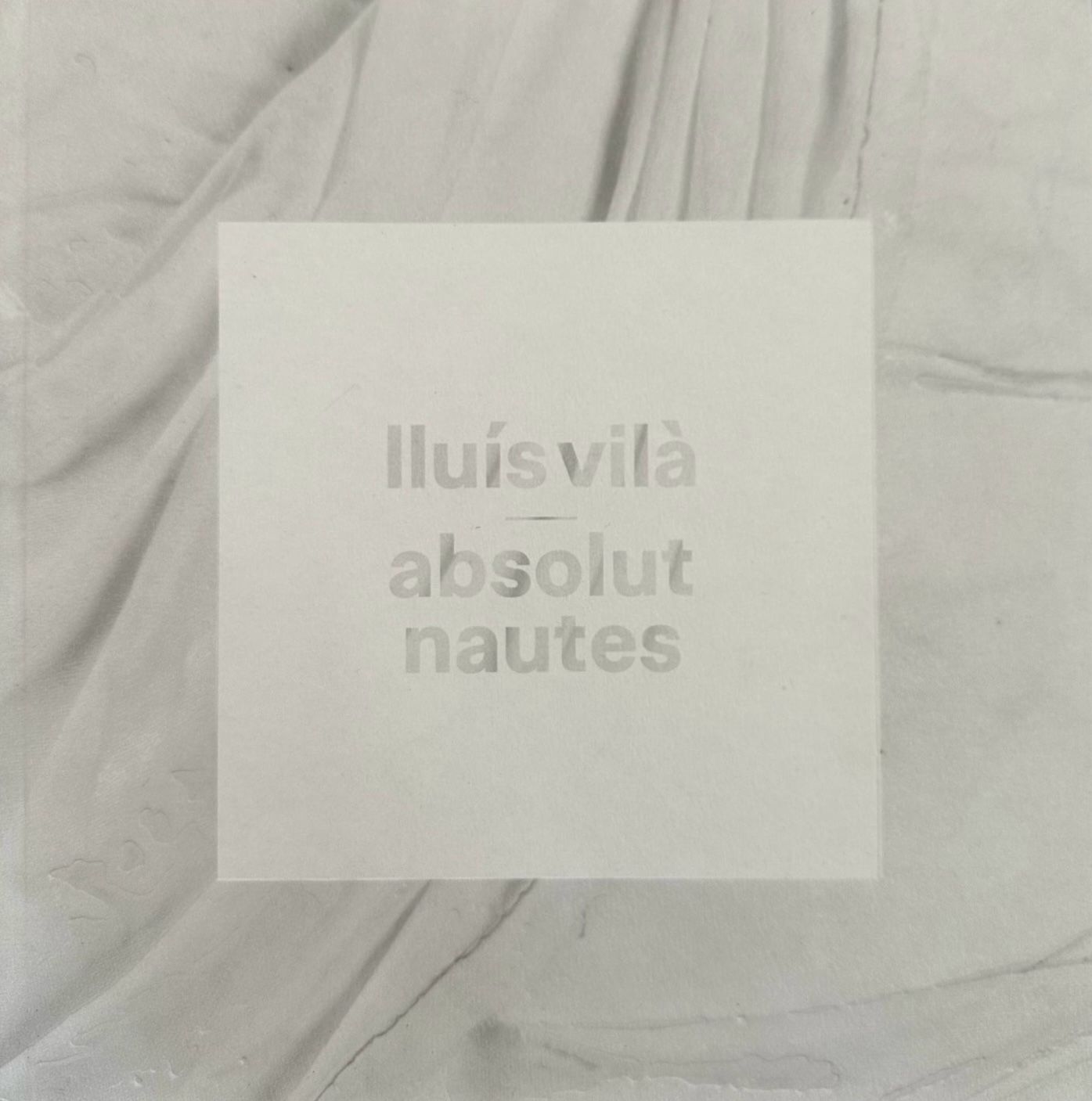
Working performances - Guimarães, Ramon (2024)
Working Performances is an editorial project that collects the performative work of Ramon Guimarães between 1989 and 2020, published by ARBAR. The work is divided into three sections: an introduction with texts from the curators who have programmed his actions, a complete compilation of the 101 performances with detailed descriptions and access to videos via a QR code, and a final section with 101 calligrams that complement the performances conceptually. The project reflects Guimarães' constant research into action art, understood as an evolving creative process. His work is constructed through ephemeral media such as happenings, interventions, photography, video and drawings, raising profound questions about art, being and life.
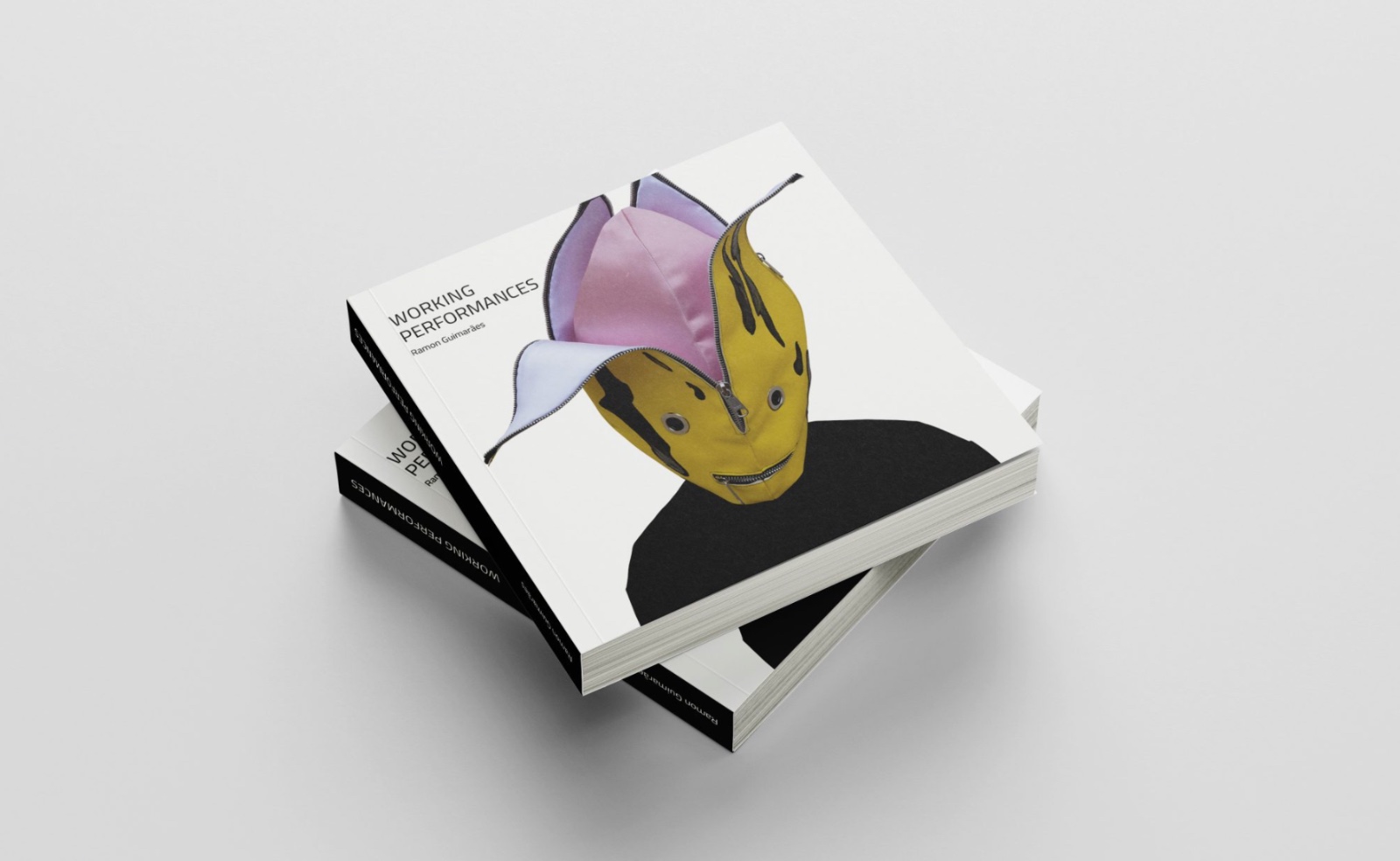
Mari Chordà. From the root to the furthest - Tarragona Provincial Council (2025)
Disseminating the figure of Mari Chordà beyond artistic and cultural circles, in which she enjoys great prestige, is an act of justice. It is not in vain that the author from Amposta is considered ahead of her time, both in terms of her pop art creations and her attitude towards life. Artist, writer, teacher, cultural and social promoter, actress, activist for feminism and the rights of LGTBI groups, animalist... Her struggle and commitment in multiple fields have become unalterable throughout her personal and professional career.
